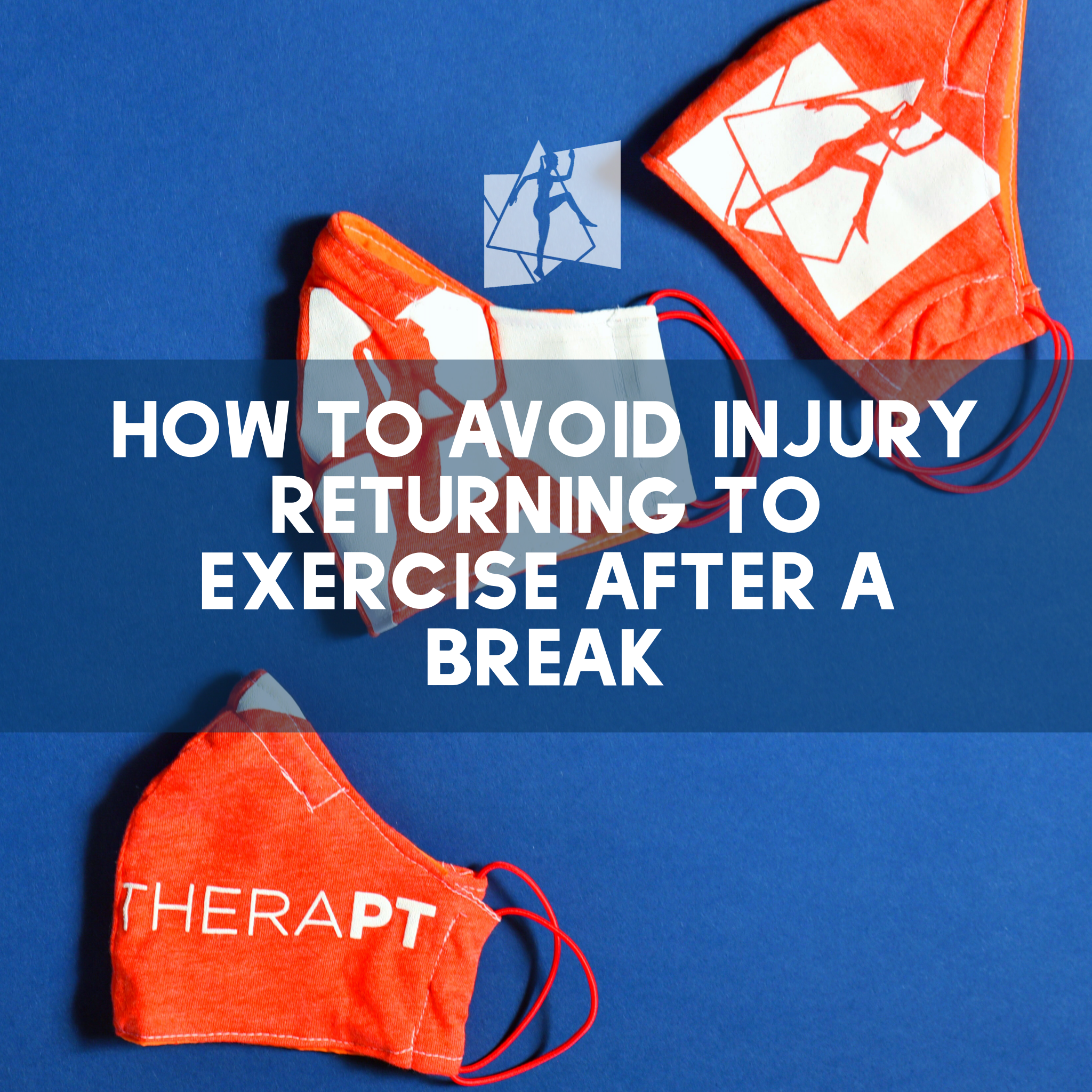COVID-19 certainly isn’t giving us the summer we wanted. Yet as we roll into our fourth month of SIP, we have to accept that our routines have dramatically changed; we have all found ourselves in a surreal off-season. While the virus still requires constant vigilance- mask usage, frequent hand washing and social distancing- we are finding safe, innovative ways to return to activity. While you may be mentally ready to jump back in, pause to make sure you are physically ready as well. Enter the Pre-Participation Physical Exam, the forgotten PPE.
Typically used in formal athletic settings, a pre-participation physical exam is designed “to screen for injuries or medical conditions that may place an athlete at risk for safe participation." 1 Regrettably, there is not a standardized exam in the US, resulting in a wide range of effectiveness. The National Athletic Trainers' Association Position Statement includes the following guidelines for designing an exam:
- Medical and Family Health History
- General Health Screening
- Cardiovascular Screening
- Neurological Screening
- Orthopedic Screening
- General Medical Screening
- Review of Medication Use
- Nutrition Assessment
- Heat- and Hydration-Related Illness Risk Factors
Considering all the areas assessed, it is important a medical physician (MDs or DOs) supervise these exams. Both ATCs and PTs can be instrumental in knocking out numberous pre-season assessments at the high school, collegiate, and professional sport level.2
For the recreational athlete, recommendations stop at "Check with you doctor before starting a new exercise routine." This CYA statement is focused on cardiovascular and chronic disease risk, and is typically addressed by most fitness facilities through a form called the PAR-Q. This short questionnaire looks for red flags, and helps give you a starting point for your next doctor's appointment. Depending on your answers, the facility may determine it is safest for you to see a physician prior to signing up.
In our practice, we encourage all our athletes (at every level) to complete an orthopedic screen at the start of each season. At a minimum, an orthopedic screen should include a joint range of motion assessment. This information will highlight any glaring discrepancies between right and left sides of the body, keeping the requirements for your specific sport in mind. However, range of motion (ROM) alone is not an accurate predictor of injury. 3
To be successful, a functional orthopedic screening should muscle strength testing, dynamic balance, proprioceptive awareness, and plyometric contol. It should also investigate any aches or pains you may be experiencing. 2,3 The FMS (Functional Movement Screen) has gained popularity in recent years. Early research shows a moderate accuracy of the test to predict lower body injuries, and could be further validated with future research.4 As it stands, this quick and easy test is great compliment to more extensive assessment.
Each of our athletes walks away with a customized movement prep routine; these exercises are selected based on your individual patterns and biomechanics. The goal is to build strength, increase mobility or improve control where you need it most. If you are feeling (physically) unprepared to return to more rigorous activity, scheduling an evaluation with a member of our team can give you the insight into your body, helping you successfully ramp back up!
To learn more, check out these articles:
Wingfield K, Matheson GO, Meeuwisse WH. Preparticipation Evaluation: An Evidence-Based Review. Clin J Sport Med 2004; 14(3):109-122.
Conley KM, Bolin DJ, Carek PJ, Konin JG, Neal TL, Violette D. National Athletic Trainers’ Association Position Statement: Preparticipation Physical Examinations and Disqualifying Conditions. Journal of Athletic Training 2014;49(1):102–120.
Oyama S, Hibberd EE, Myers JB. Preseason screening in high school pitchers Preseason Screening of Shoulder Range of Motion and Humeral Retrotorsion Does Not Predict Injury in High School Baseball Players. J Shoulder Elbow Surg. 2017 July ; 26(7): 1182–1189.
Letafatkar A, Hadadnezhad M, Shojaedin S, Mohamadi E. Relationship Between Functional Movement Screening Score and History of Injury





